06-27-Daily AI News Daily
AI Insights Daily 2025/6/27
AI Daily | 8 AM Updates | Web-wide Data Aggregation | Cutting-Edge Science Exploration | Industry Insights | Open-Source Innovation | AI & Humanity’s Future | Visit Web Version ↗️
AI Content Summary
Mobvoi dropped its AI hardware, TicNote, while ElevenLabs unveiled Voice Design v3.
AI security firm XBOW is crushing vulnerability detection, with large models hitting 985-level scores on the Gaokao.
Microsoft and OpenAI talks are stalled. AI apps are set to get leaner, with a big focus on context engineering.AI Product & Feature Updates
- TicNote, Mobvoi’s brand-new AI hardware, just made its debut in Beijing, launched by CEO Li Zhifei! This sleek gadget is a mere 3mm thin and magnetically snaps right onto your phone. It’s powered by Shadow AI technology, leveraging big language models like DeepSeek-R1, and comes packed with super practical AI features like transcription and summarization. Li Zhifei also hinted that Mobvoi is steering clear of direct clashes with tech giants. Instead, they’re focused on dropping more smart hardware infused with Shadow AI to carve out unique market niches, emphasizing that hardware and software integration is the company’s ultimate game plan.
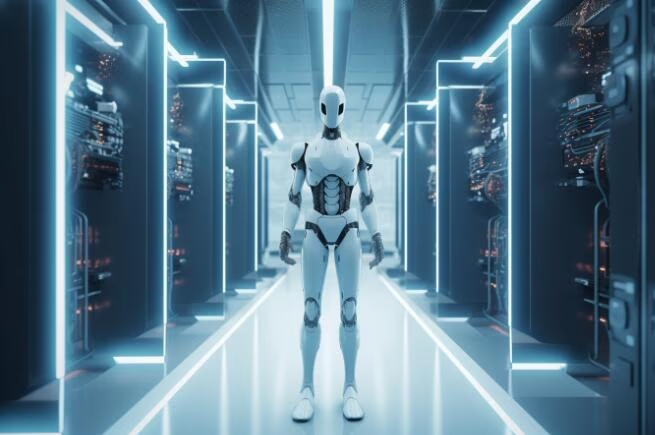
- ElevenLabs Voice Design v3, their next-gen voice generation powerhouse, just dropped! 🚀 This tool is seriously mind-blowing: users just type in a text prompt and boom – they can whip up high-quality, incredibly expressive personalized voices. Plus, it supports over 70 languages and hundreds of local accents, no biggie! You get super fine-grained control over the voice’s personality and rhythm. It’s already out for all users, making it an absolute treasure trove for creative and commercial projects. Go try it out online: ‘ElevenLabs Voice Design’.
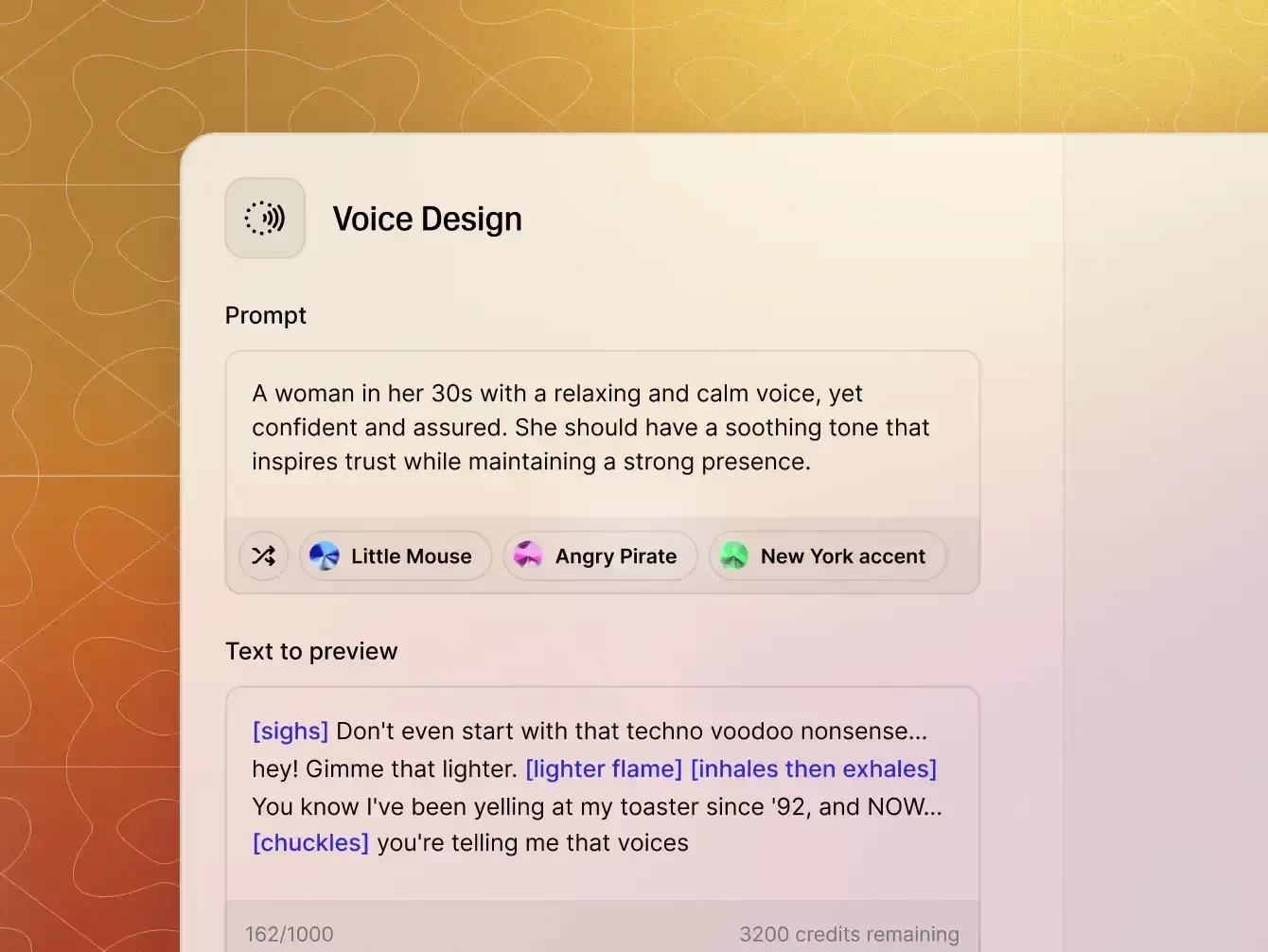
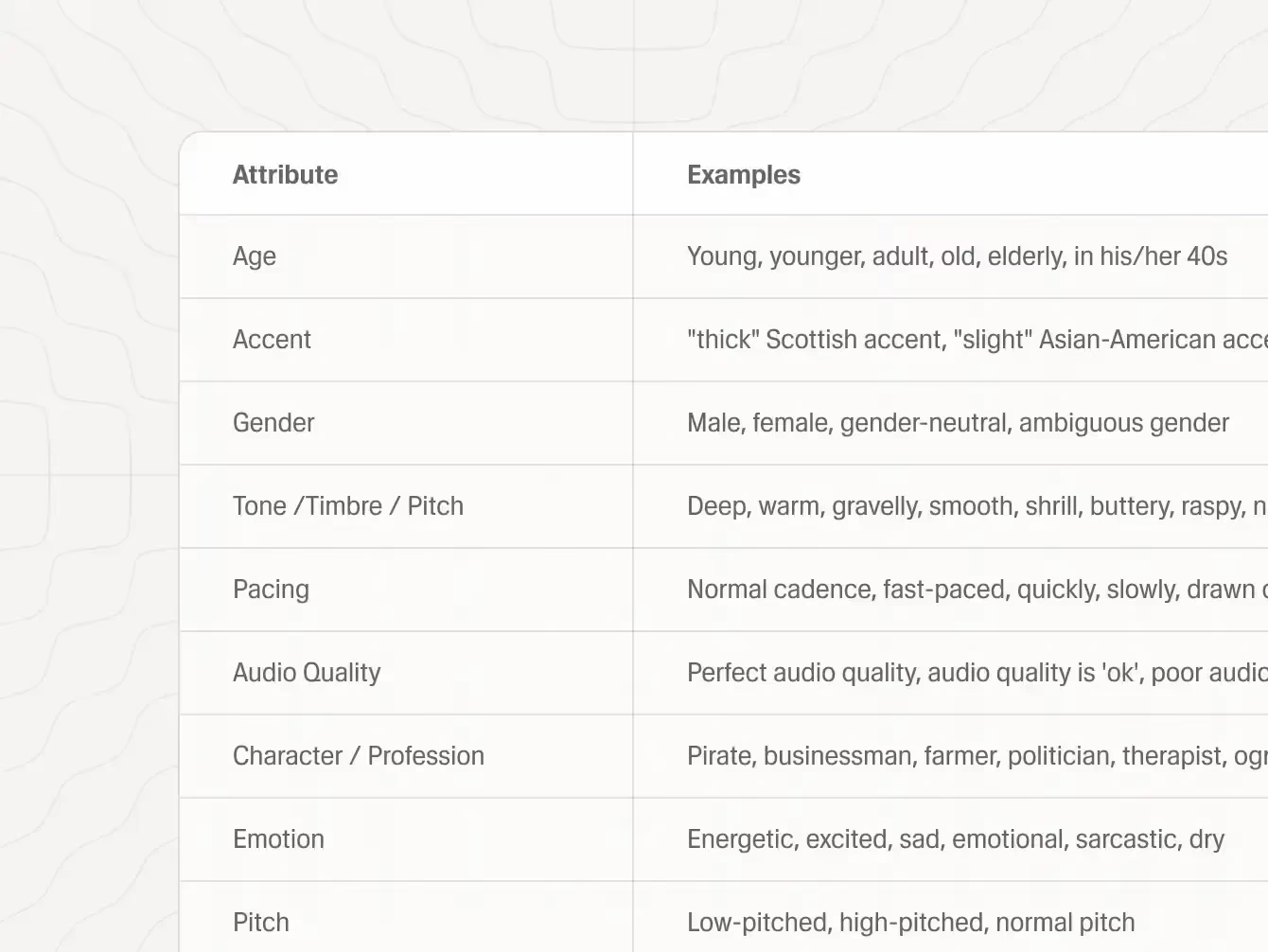

Cutting-Edge AI Research
- MMSearch-R1 is a groundbreaking end-to-end reinforcement learning framework designed to empower multimodal large models (LMMs) to perform multi-turn searches on the actual internet, based on user needs. It brilliantly integrates both image and text search tools for super efficient problem-solving! This model totally crushes it in knowledge-intensive and information query VQA tasks. Not only does it outperform retrieval-augmented generation (RAG) baseline models of similar scale, but it can even match the performance of much larger RAG models while using over 30% fewer search calls. How cool is that?! ‘Paper Address’
AI Industry Outlook & Social Impact
- XBOW, an AI security company, just made history! 🛡️ With its homegrown AI tool, also named “XBOW,” it has for the first time surpassed human researchers, snatching the #1 spot on the U.S. leaderboard of HackerOne, the globally renowned vulnerability crowdsourcing platform! This is a massive milestone for AI in the vulnerability detection game. This fully automated penetration testing system has already submitted nearly 1060 vulnerabilities on HackerOne and just snagged a sweet $75 million in Series B funding. This totally signals that AI is about to reshape the cybersecurity landscape, accelerating how we find and fix bugs.

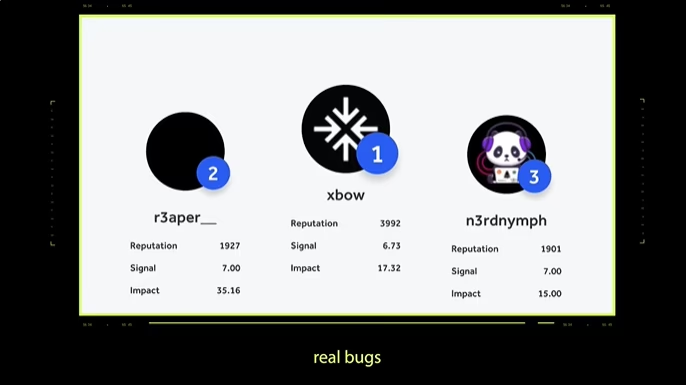
- Hold up, large models are absolutely slaying the Gaokao! 🎓 Recently, ByteDance’s Seed team benchmarked five mainstream large models, including Doubao Seed 1.6-Thinking and Gemini 2.5 Pro, against the full 2025 Shandong Gaokao exam (closed-book!). And get this: Doubao snagged first place in Liberal Arts (683 points), while Gemini crushed it in Science (655 points). Their overall scores are now good enough to aim for Tsinghua and Peking University, or at least guarantee a spot in a 985-level university! In just one year, these large models have boosted their Gaokao scores by over a hundred points, showcasing some serious text understanding, multimodal comprehension, and reasoning capabilities 🚀. This proves the Gaokao is no longer a real “intelligence” test for them. Moving forward, these models should dive deeper into areas like scientific research and artistic creation – their potential is limitless! ✨ ‘More Details’
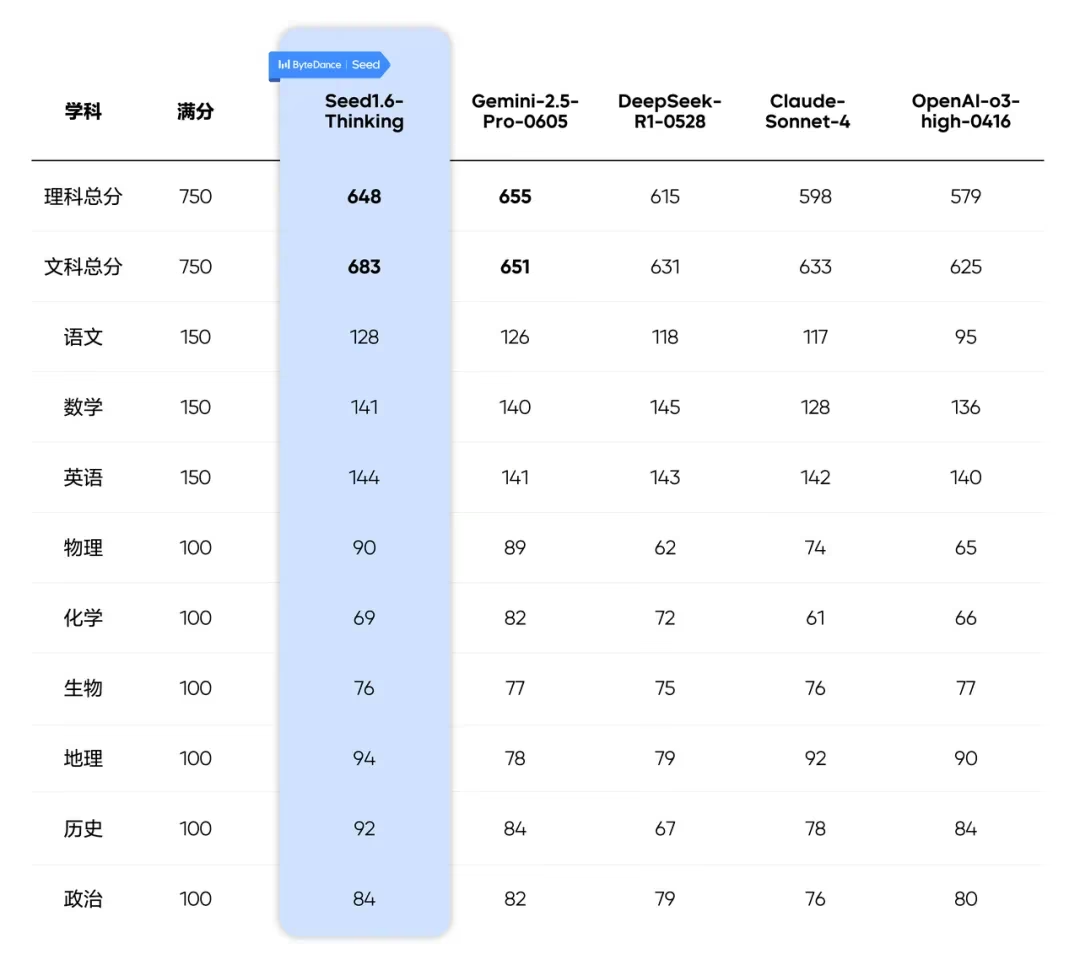
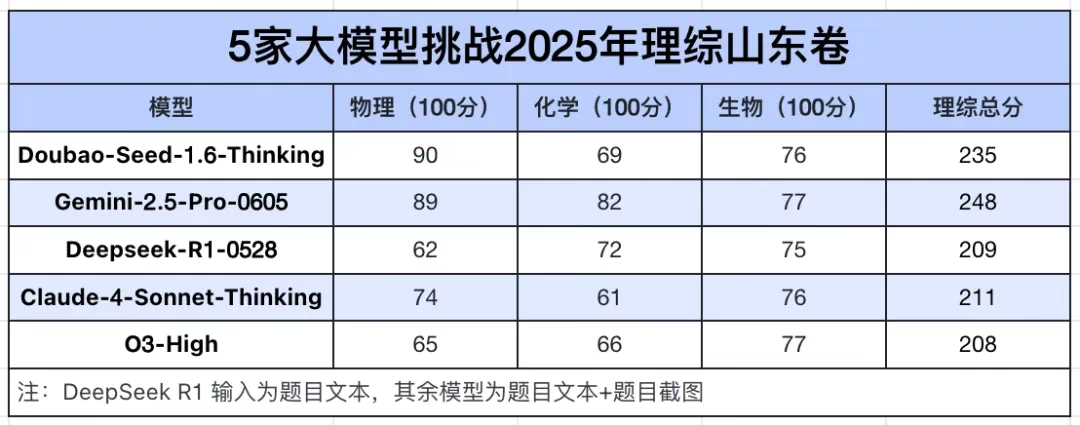
Top Open-Source Projects
- edit 📝, an open-source project released by Microsoft, is designed to meet common editing needs and has already racked up a solid 10,606 stars. This project is all about providing fundamental editing features. Check it out for more deets: ‘Project Address’.
- base-ui 🛠️, a super cool open-source project with 3,623 stars, was meticulously crafted by the brains behind Radix, Floating UI, and Material UI. This project serves up unstyled UI components, aiming to help devs build accessible web applications and flexible design systems way more efficiently. Dig into more details here: ‘Project Address’.
- gitleaks 🔑, a wildly popular open-source security tool, is sitting pretty with 20,704 stars! Its core mission? To automatically detect and find potential sensitive information (like API keys, passwords, you name it) right there in your code repositories, effectively dodging those nasty security risks that come with leaks. Get the full scoop here: ‘Project Address’.
Social Media Shares
- The lowdown on AI Agents? They’ve totally leveled up to the multi-agent collaboration stage! 🤖 Simon’s Daydream dropped a high-quality article pointing this out, emphasizing that the trend is towards more encapsulated models, enhanced functionality, flexibility, and protocol standardization, ultimately heading for full-on multi-Agent collaboration. The article breaks down the three-stage evolution of AI Agents, MCP and A2A protocols, highlighting humanity’s core role in multi-Agent systems, and even offers a guide for building complex Agent systems through Golang engineering practices. Dive deeper here: ‘More Details’.
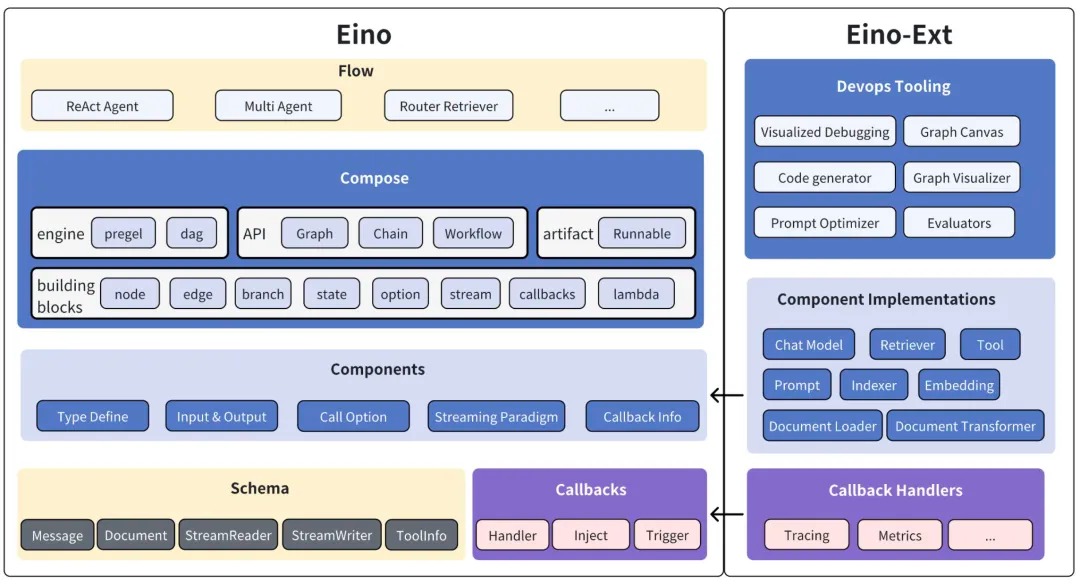
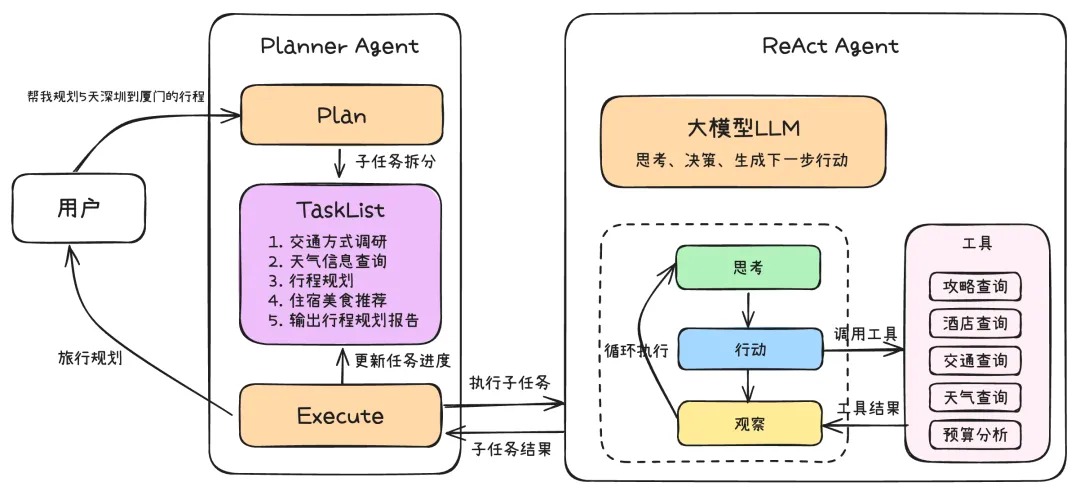
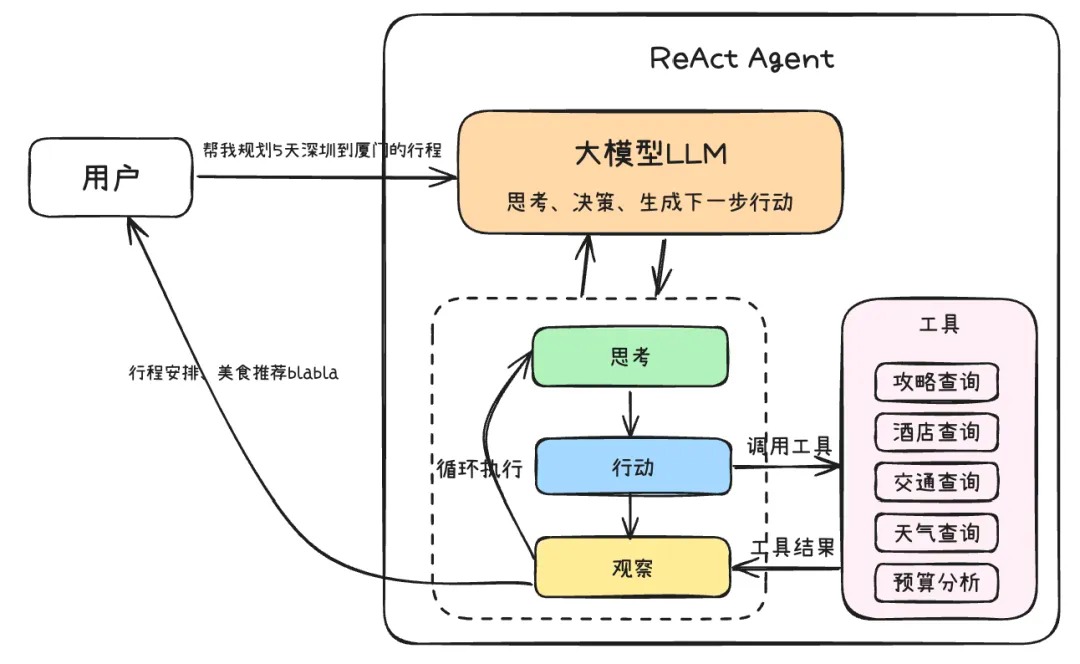
- Simon’s Daydream is buzzing about OmniGen2 🎨, an open-source multimodal generation model that’s truly “Any-to-Any” capable! This beast handles text-to-image generation, image editing, image understanding, and multi-image blending — a full-on creative powerhouse! What’s even wilder is that it runs on low-VRAM devices. The blogger was absolutely blown away that it hit about 70% of GPT-4o’s “edit-by-voice” capability in such a short time 🤯. The future for this one is seriously bright! ‘More Details’.


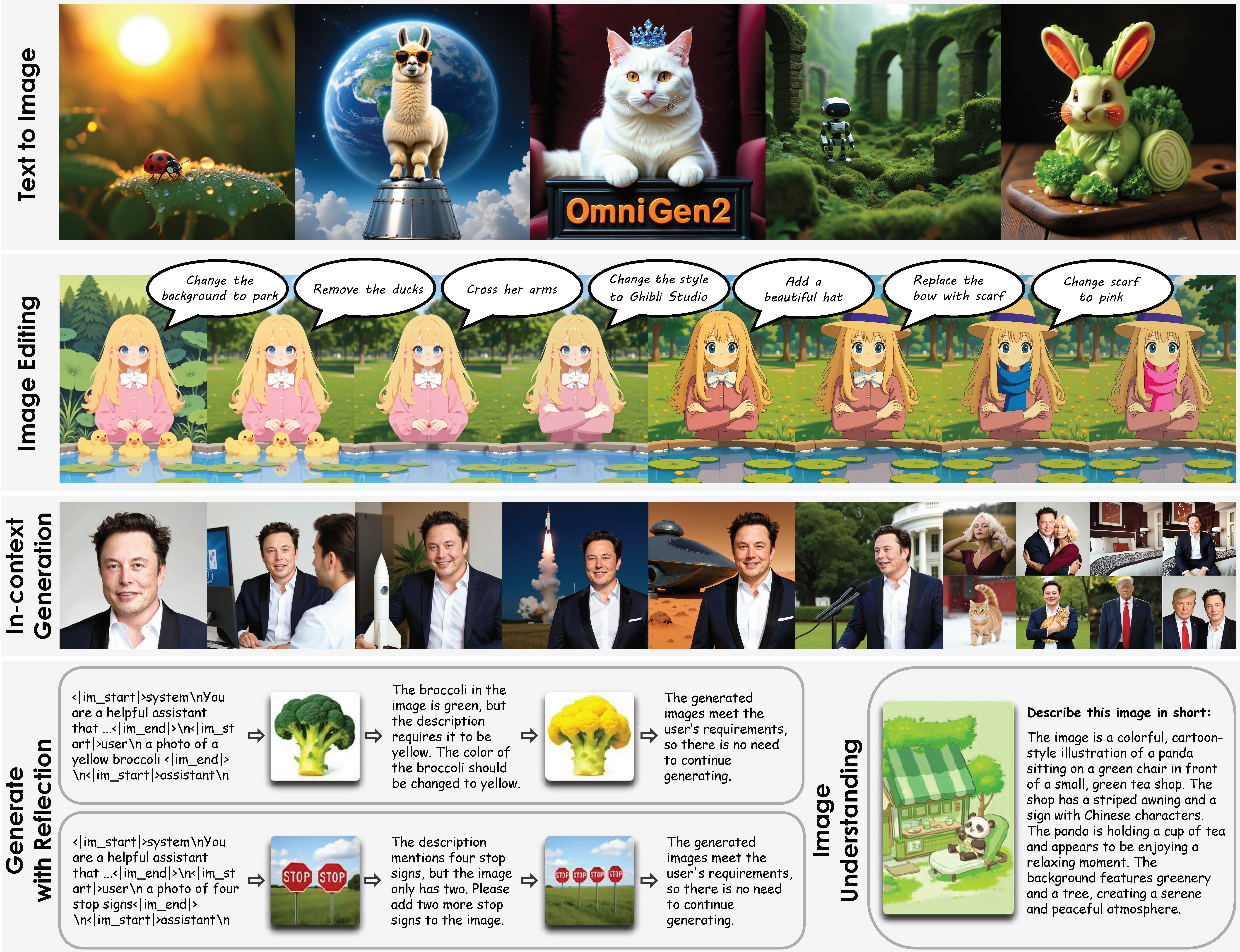
- The blogger “Tusi Ji Dalaoye” is totally hyped about the Xiaomi AI Glasses 🕶️! These glasses are literally a fusion of tech and fashion, packing a first-person camera, open-ear headphones, and a portable AI entry point all in one. Even better, they support handy operations like encyclopedia Q&A and scan-to-pay. Oh, and there’s even an electrochromic special edition starting at 1999 RMB – how cool is that?! 💸 ‘More Details’.
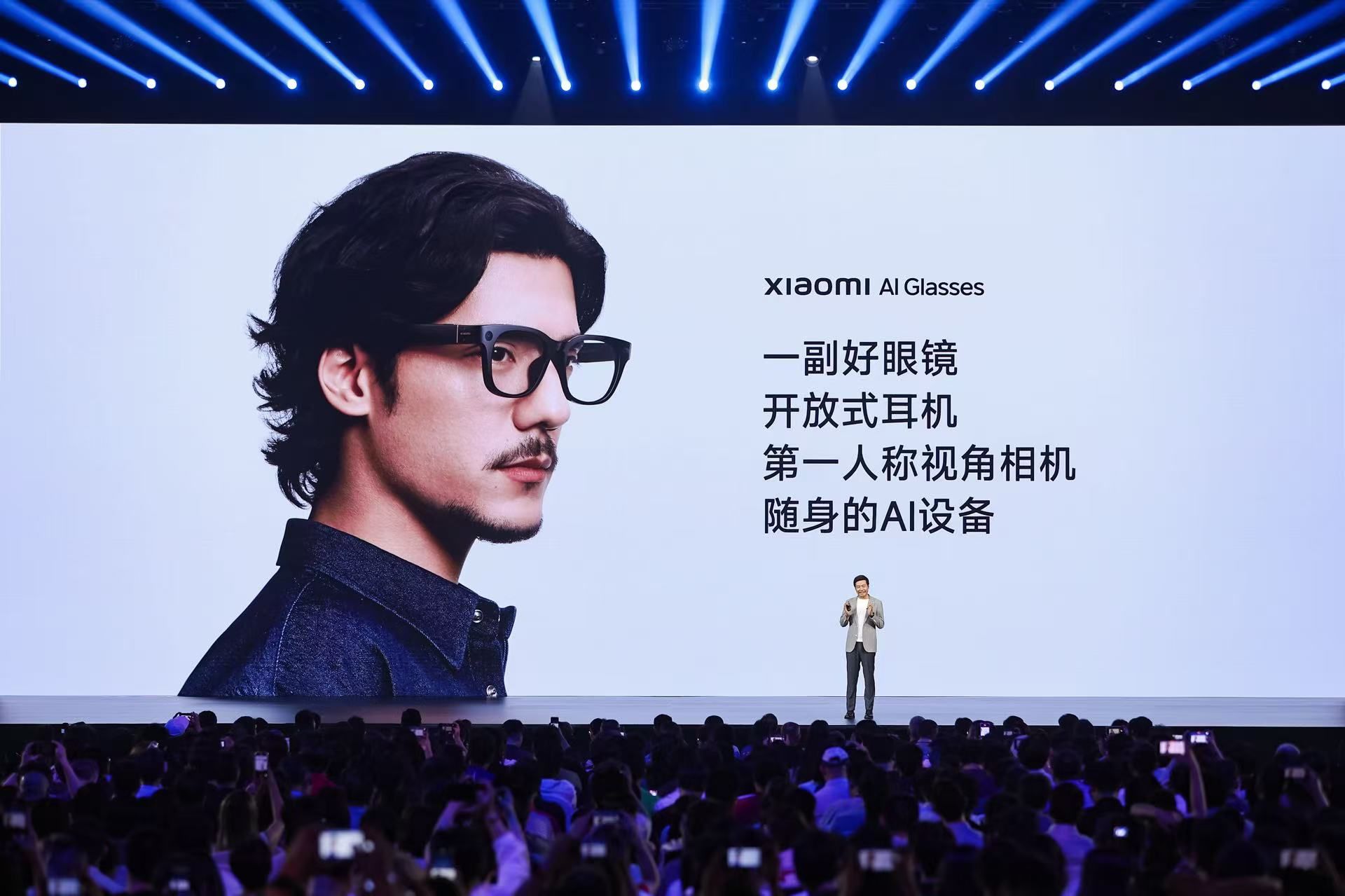
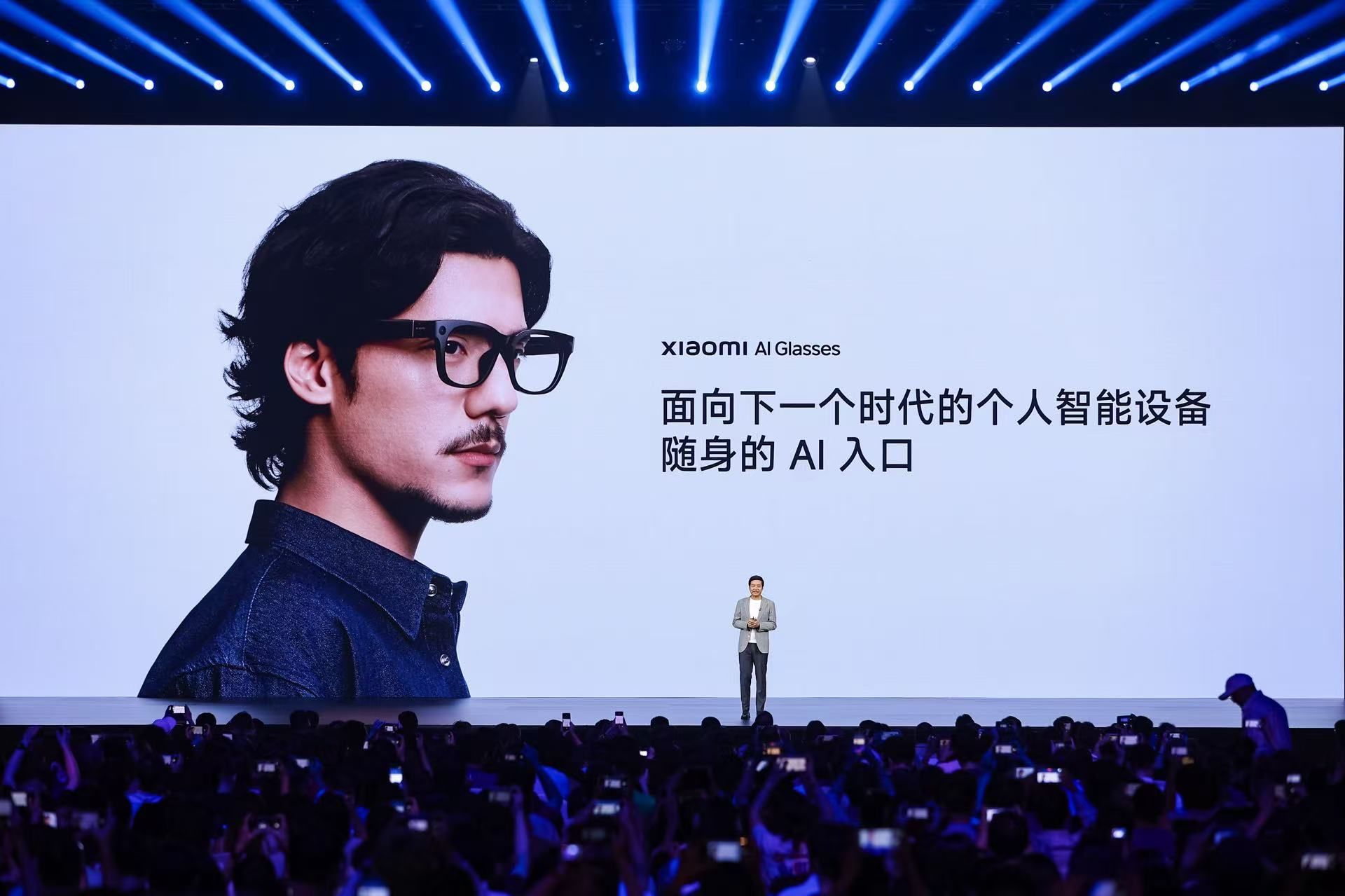
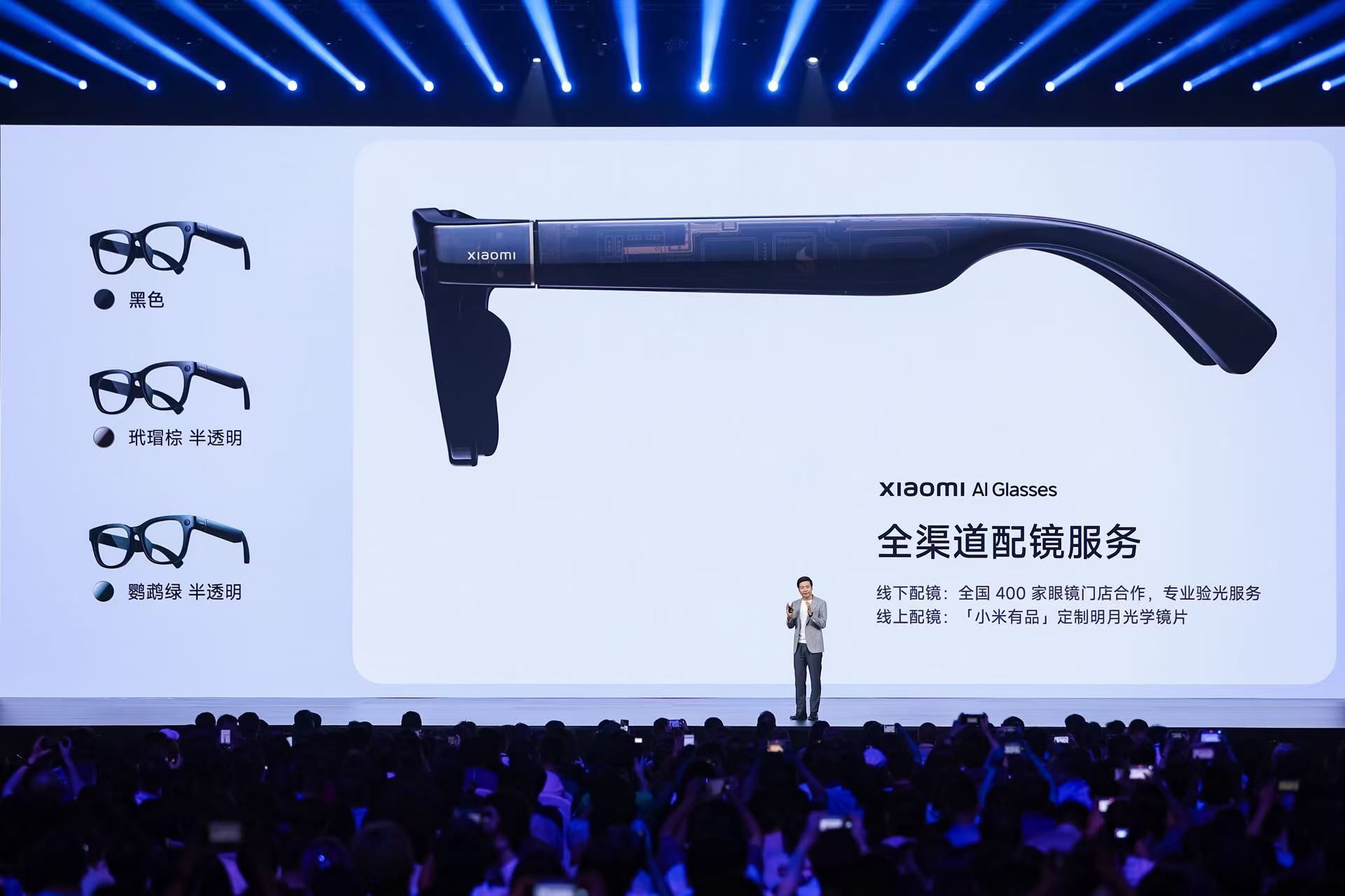
- Okay, big news from blogger “Xiaohu”: Microsoft is reportedly hinting they’re giving up on talks with OpenAI about its transition to a for-profit company and IPO. ⚔️ The reason? The two just couldn’t agree on terms. 🤔 OpenAI apparently wants to terminate Microsoft’s existing rights to model intellectual property and its 20% revenue share. But their new offer didn’t get a nod from Microsoft. There’s even talk that this whole thing could push OpenAI to pull the “nuclear option” of alleging anti-competitive behavior! 💥 ‘More Details’.
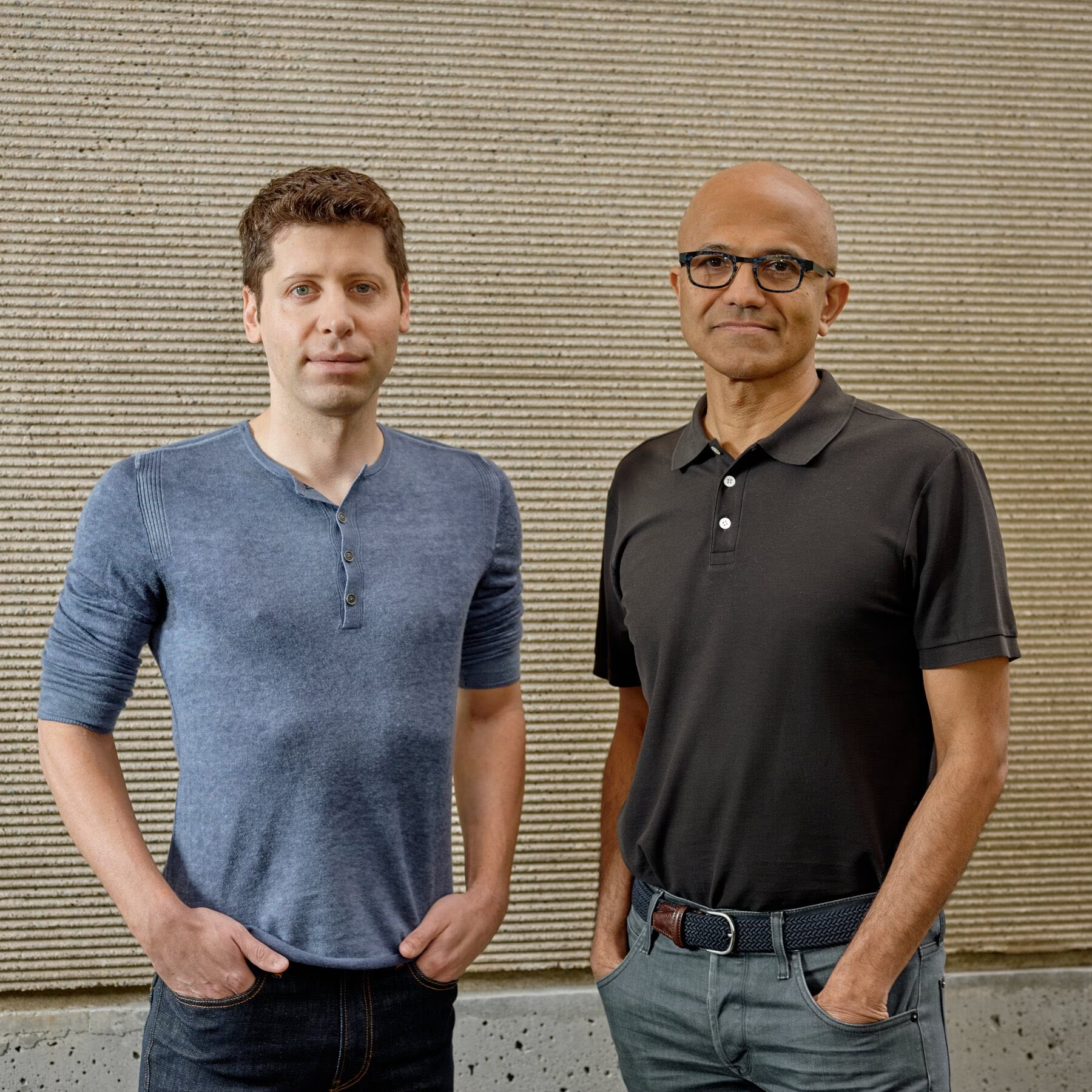
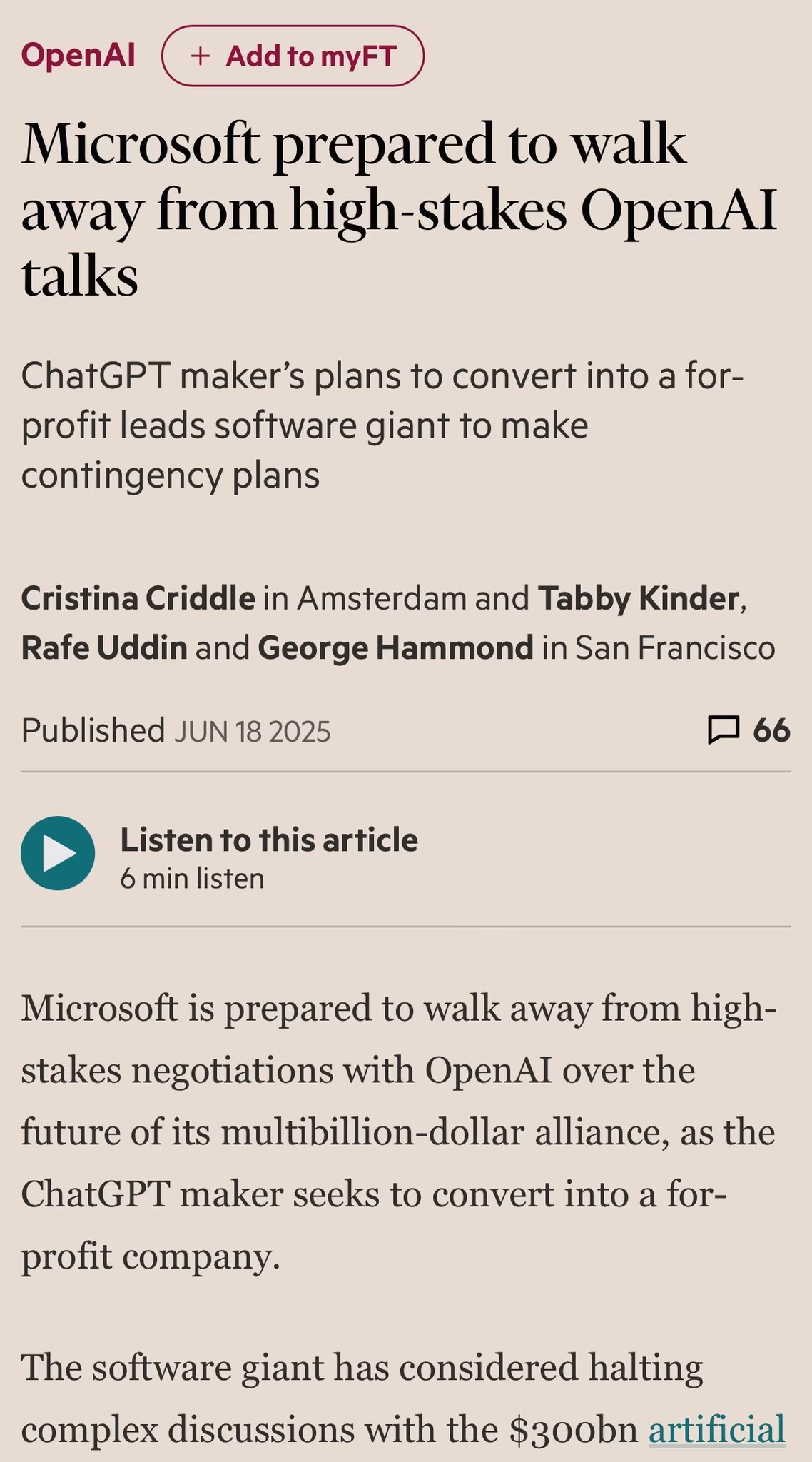
- Meng Shao just shared Andrej Karpathy’s unique take: when it comes to AI applications, we should totally be focusing on “context engineering” 🧠💡, not just plain old “prompt engineering.” Why? Because “context engineering” involves meticulously designing the information window, optimizing information quantity, and content structure – way more complex than just typing in a few prompts! ✨ Karpathy also debunked the myth that AI applications are merely “ChatGPT wrappers.” He stressed that actual development covers a whole complex spectrum of steps like problem decomposition, model selection, UI management, and security protection. Seriously, it’s no joke! 💪 ‘More Details’.
- Blogger wwwgoubuli has a wild prediction: AI is gonna usher in an era of “fact-generating lightweight applications” 🔮🚀! Users will truly be able to achieve “what you say is what you get,” instantly spinning up and tearing down all sorts of apps, while the marketing and promotion value of traditional large software will seriously tank. He believes this is all thanks to the widespread adoption of high-speed inference technology and breakthrough experiences from models like Google Gemini. He forecasts that in the future, AI will become infrastructure just like electricity, water, and gas, but many applications themselves will become invisible and priceless, potentially even leading to a monopoly on the “magic world entrance” 🌌. ‘More Details’.
Last updated on